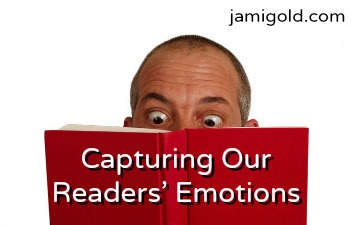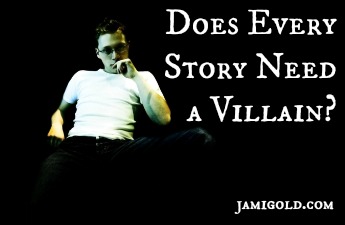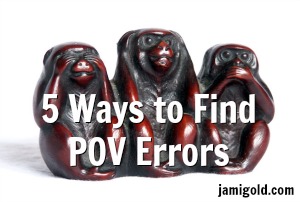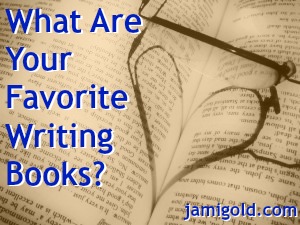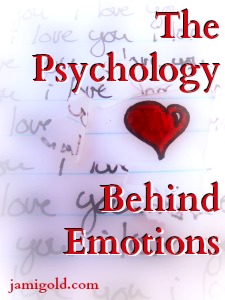To create a great emotional story, we need to know not only the vocabulary of describing emotions, but also how we can evoke emotions in our readers. Marcy Kennedy’s here to show us how deep point of view can help us evoke those emotions we want within our readers.
Pin It
Read More
Our stories consist of many elements—from backstory to dialogue—that each contribute to our story. Yet we can overdo those elements with an information dump. How can we include the different elements while making sure we don’t cross over into Info Dump Land? Let’s talk options…
Pin It
Read More
Conflict is one of those words we all think we understand, but the writing-world meaning doesn’t have the same connotation as the non-writing meaning. Yet it’s only after understanding conflict that we’ll see the difference between antagonists and villains in storytelling.
Pin It
Read More
It’s usually best to avoid “naming” emotions in our writing and to show those emotions instead. But to put the Emotion Thesaurus’s emotional cues into our voice, we might need to add our own spin, like from our observations of the real world. Today’s guest post has tips for how to develop our observing skills.
Pin It
Read More
As we learn writing craft, we often go through phases. Just when we think we know everything there is to know, we discover another area to learn. One area I struggle with, even though I know the rules, is out-of-POV phrases. Luckily, one of my editors is a genius at finding these, and she’s here to share her tips.
Pin It
Read More
Many writers write both fiction and non-fiction (even if the latter is just blog posts), but the two types of writing require different skills—from authors and from editors. The better we understand the differences, the better we can follow the right rules at the right time and the better we can judge whether an editor is skilled in the right areas to be a good editor for us.
Pin It
Read More
When it comes to learning about point of view and how to avoid issues like head-hopping, it doesn’t help that half the information out there is confusing and contradictory. Let’s take a closer look at how we can find and fix these issues.
Pin It
Read More
I’ve added a page to my site to list my favorite writing craft and reference books. I’ve added several books that I thought of off the top of my head, but I know I’m forgetting a bunch too. So let me share the books I thought of, and let’s see what others have to add to the suggestions.
Pin It
Read More
We usually want to keep the reader immersed in the story and keep readers’ interest by engaging their emotions. But when we understand the psychology driving emotions, we might be able to make those emotions more realistic or recognize when there’s a disconnect on a character’s emotional journey.
Pin It
Read More
How we describe characters often depends on our story’s genre and what impression we want readers to have. When we’ve talked about descriptions here before, we focused on how it’s important to describe our settings enough to anchor our readers. Do we have to describe our characters to the same extent?
Pin It
Read More

